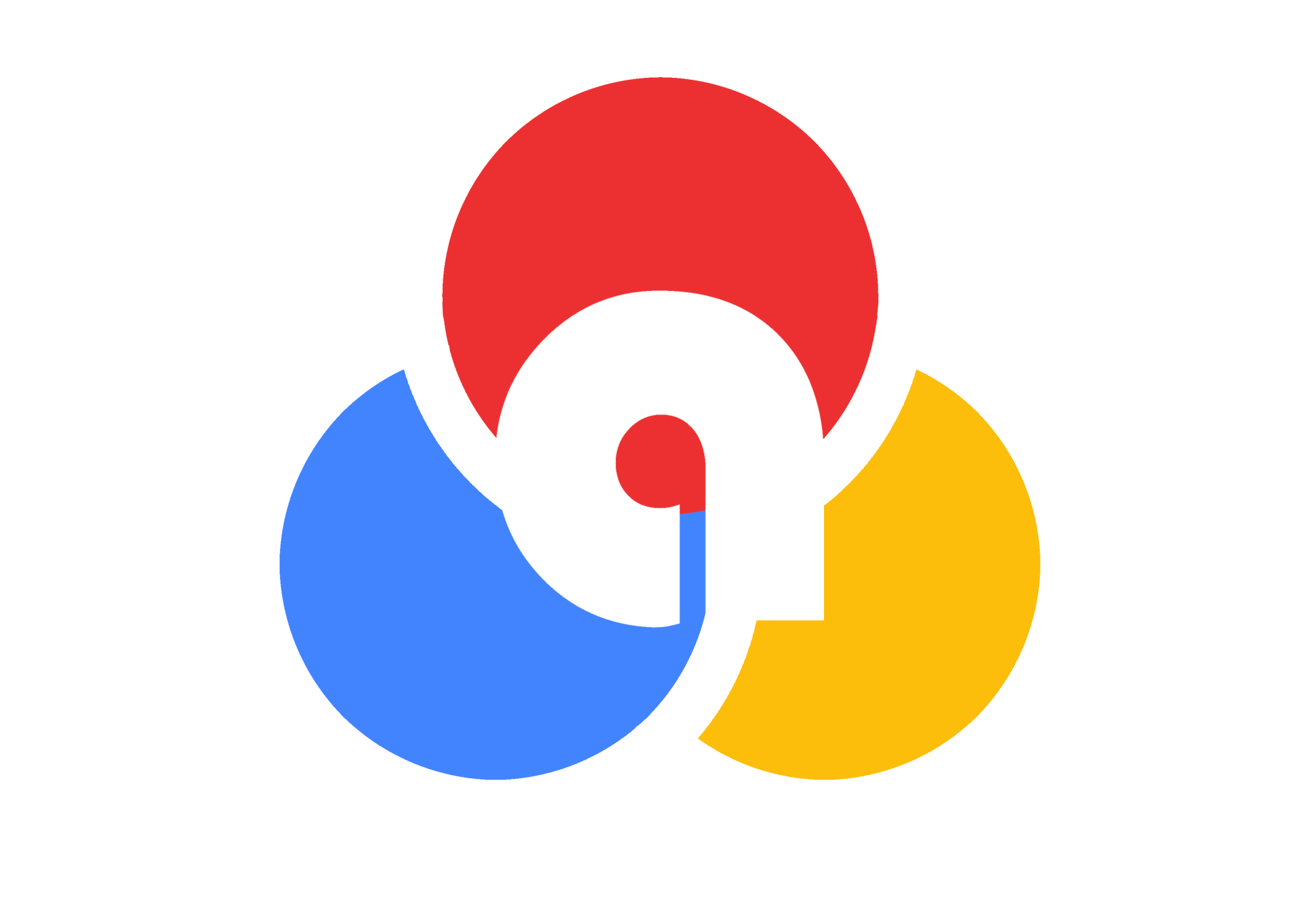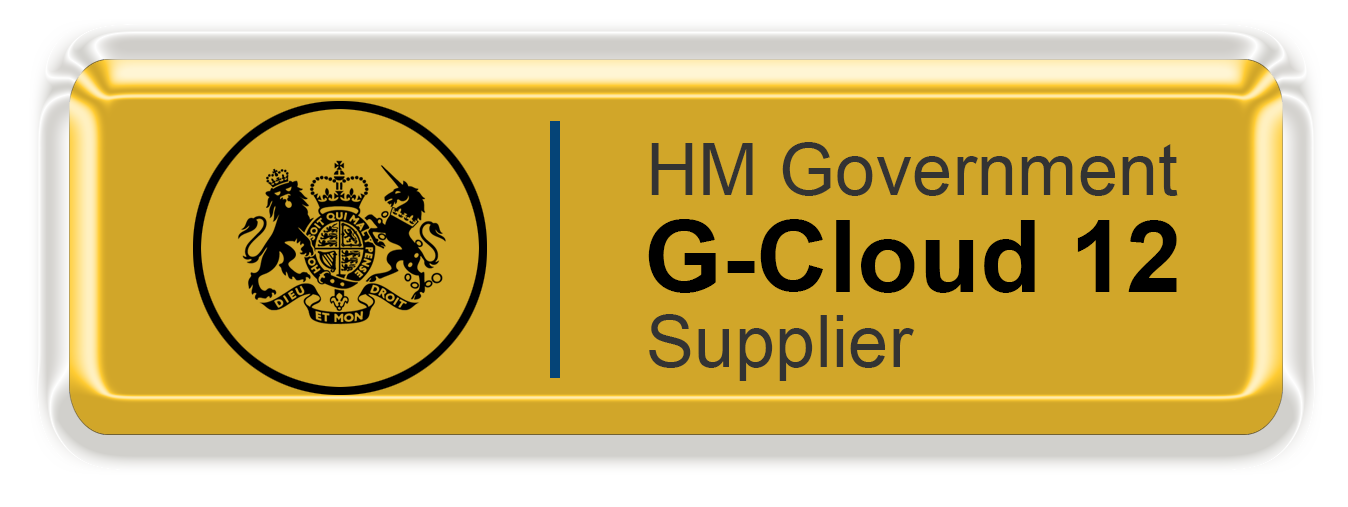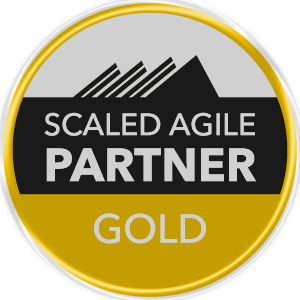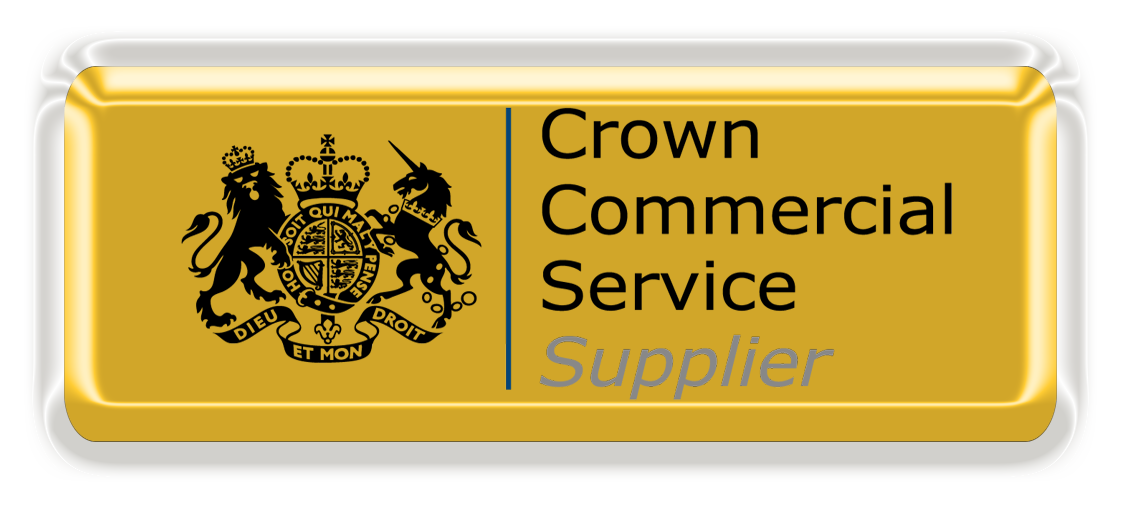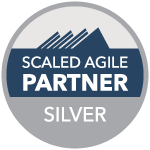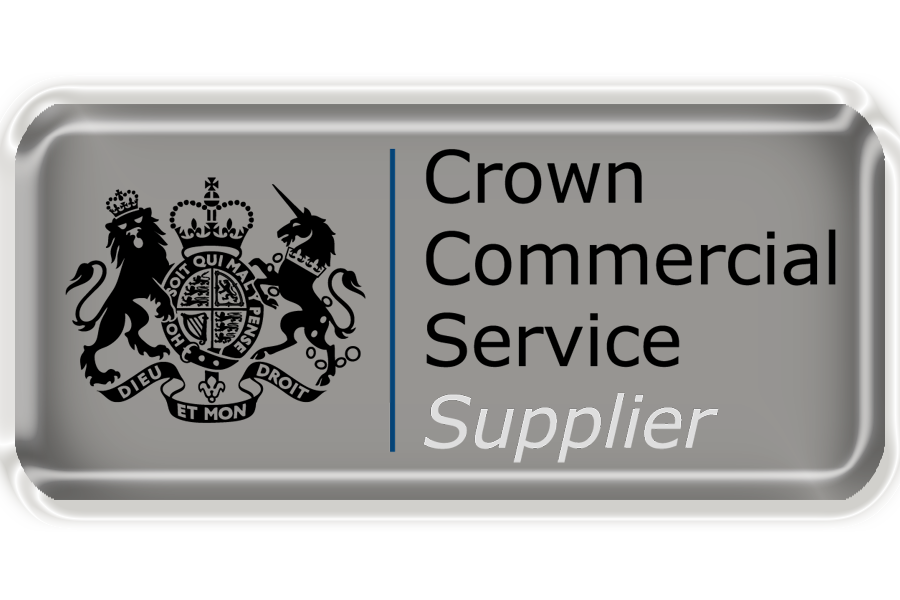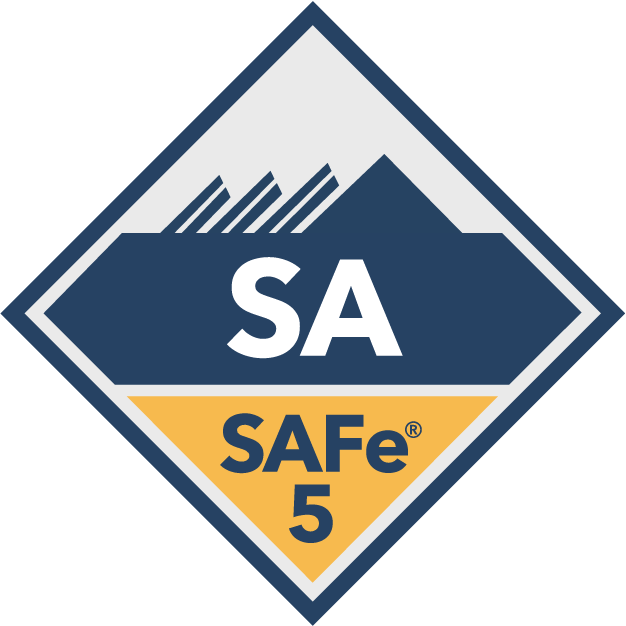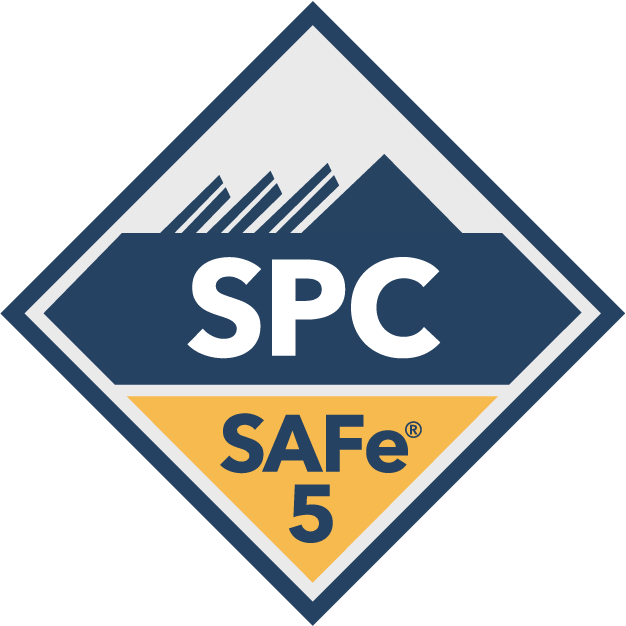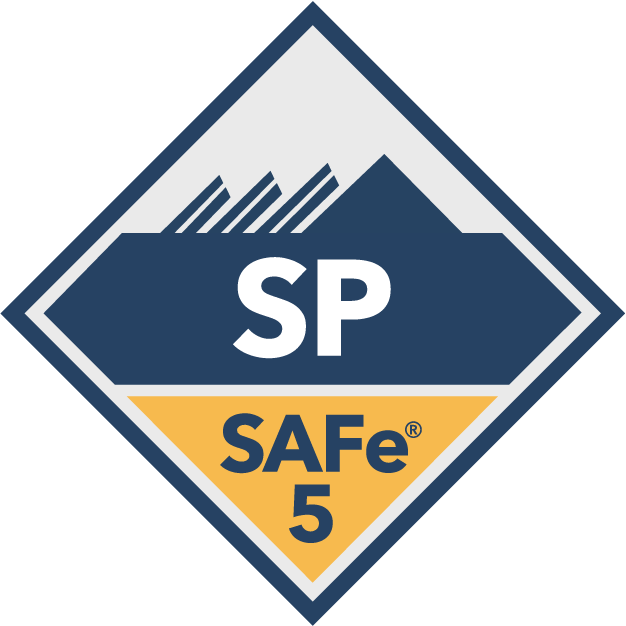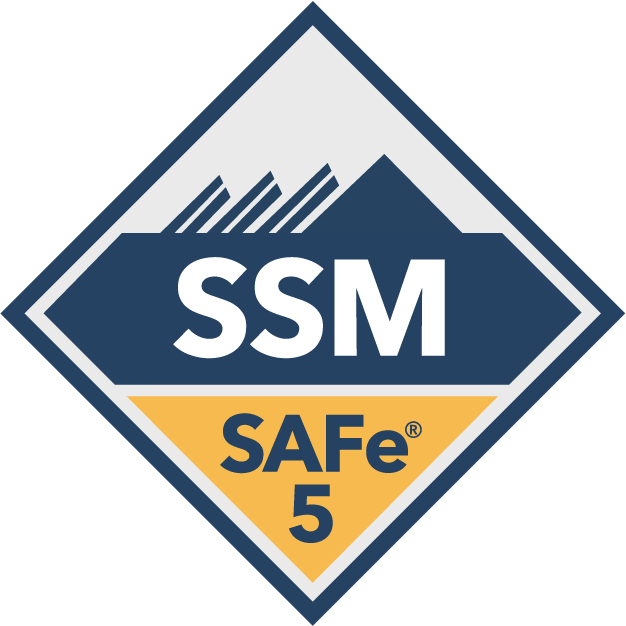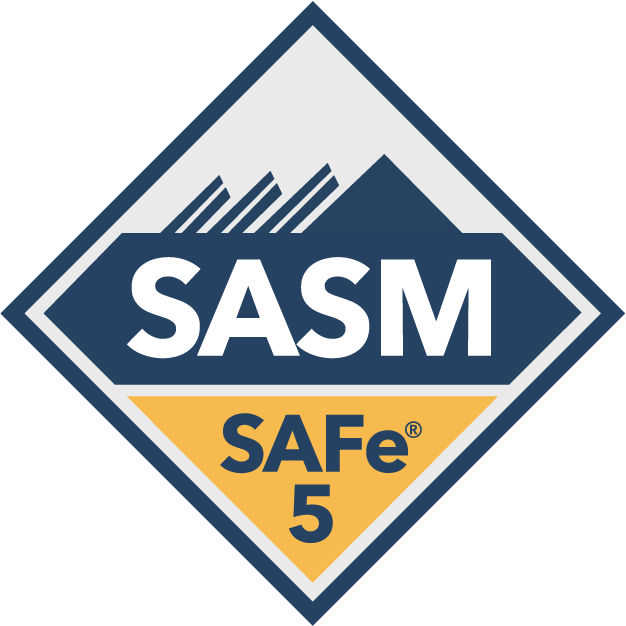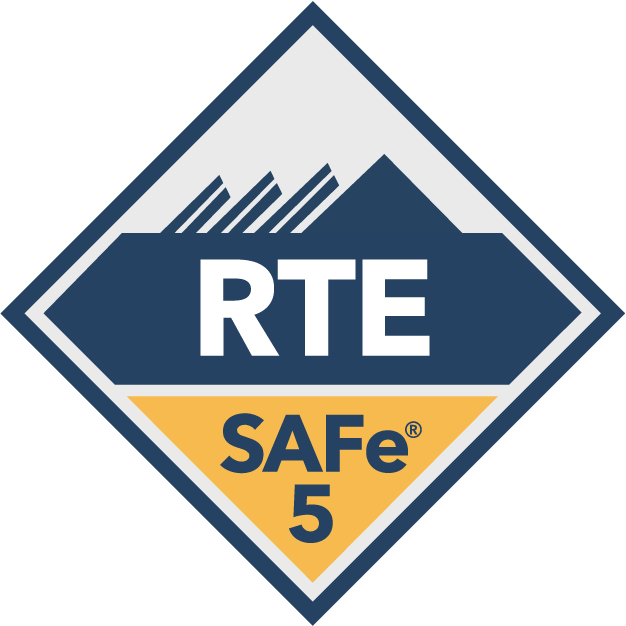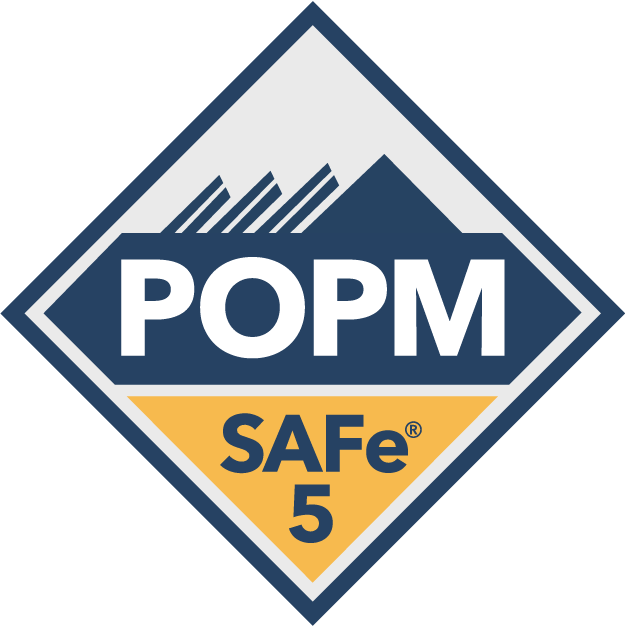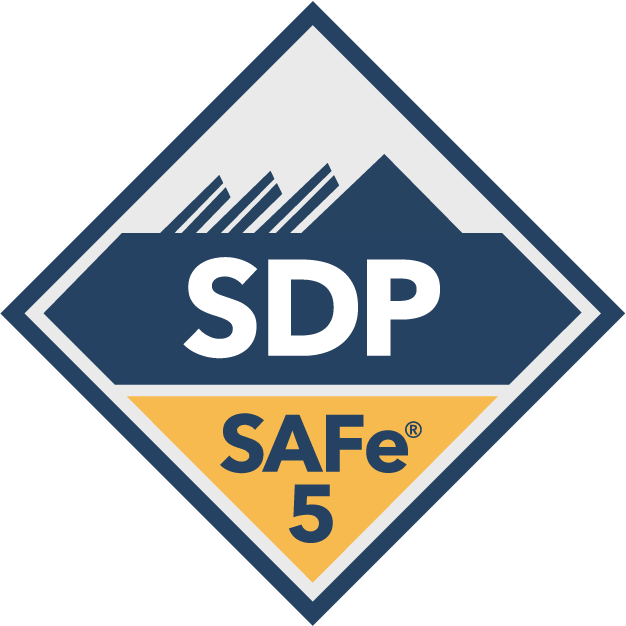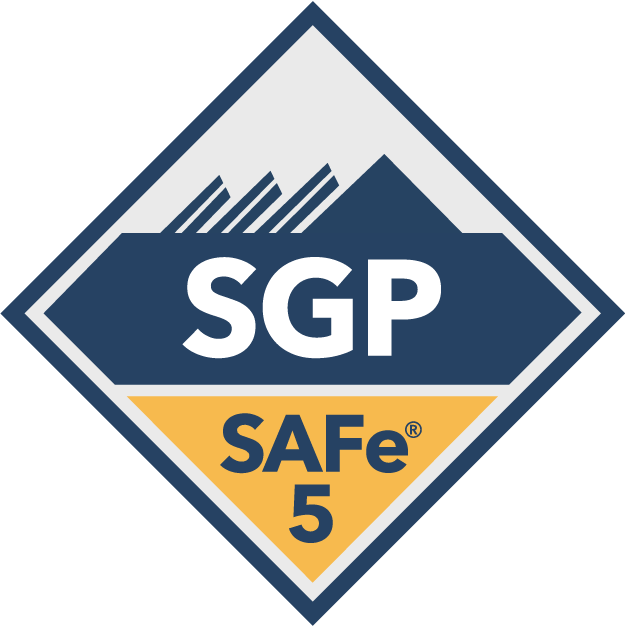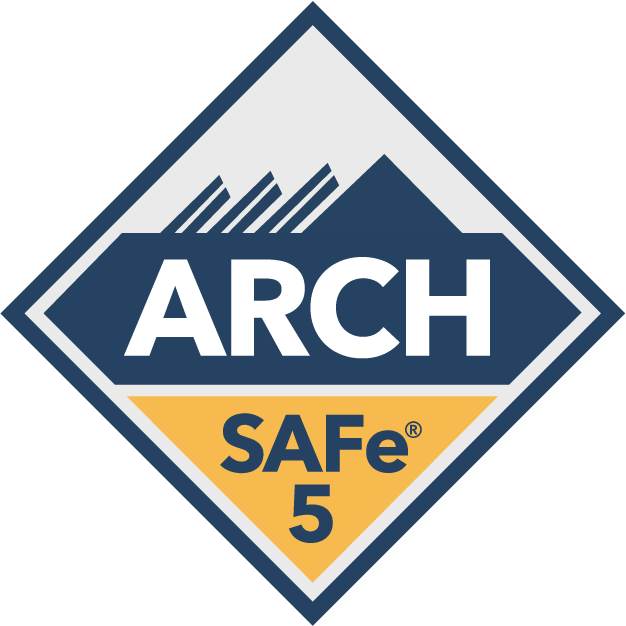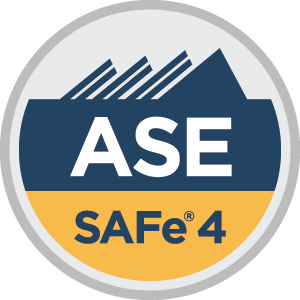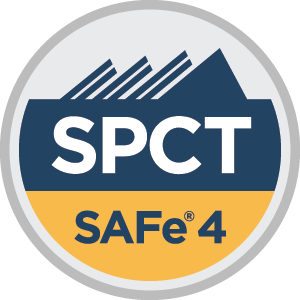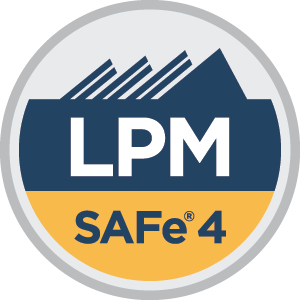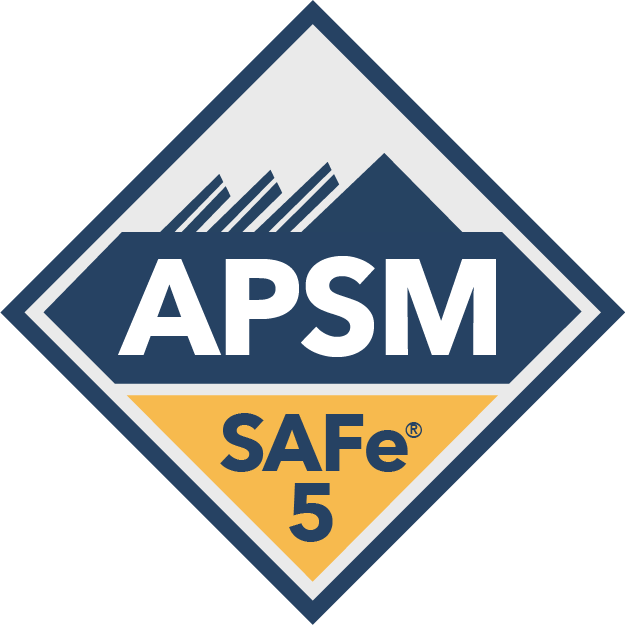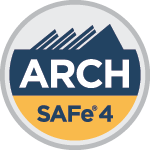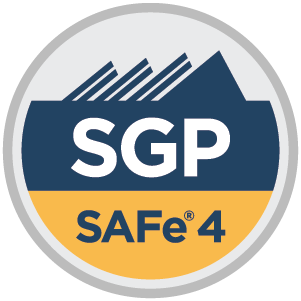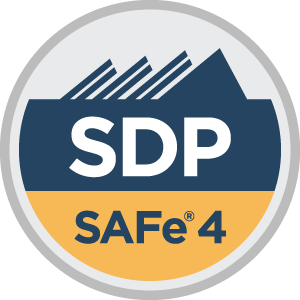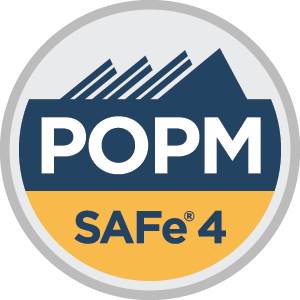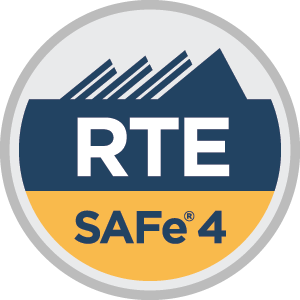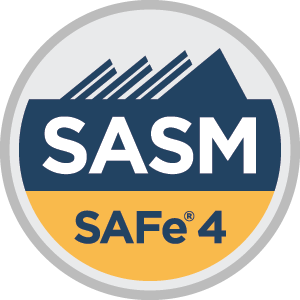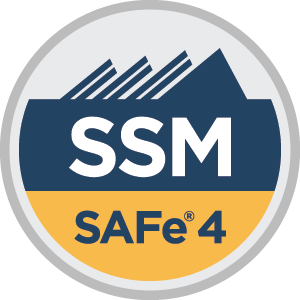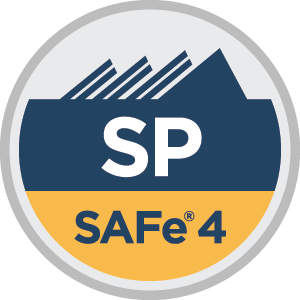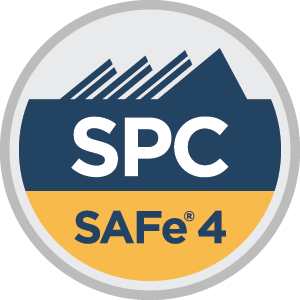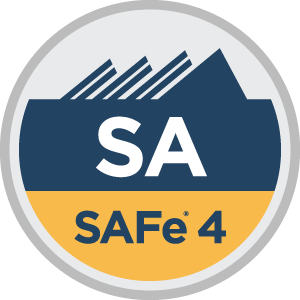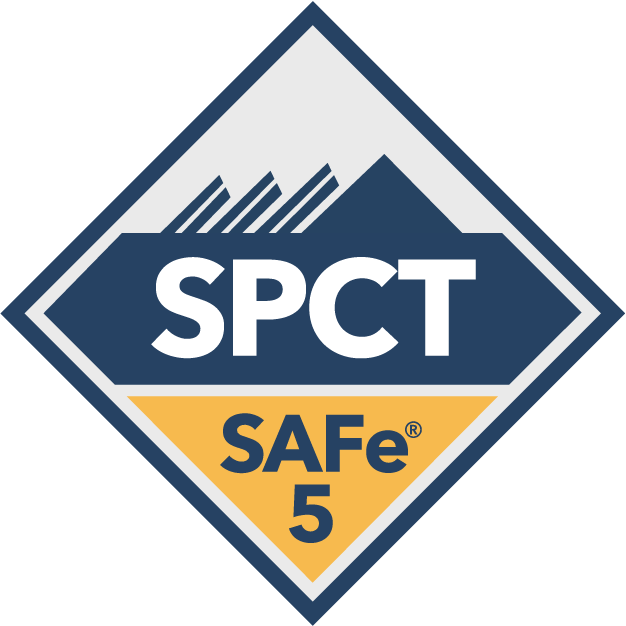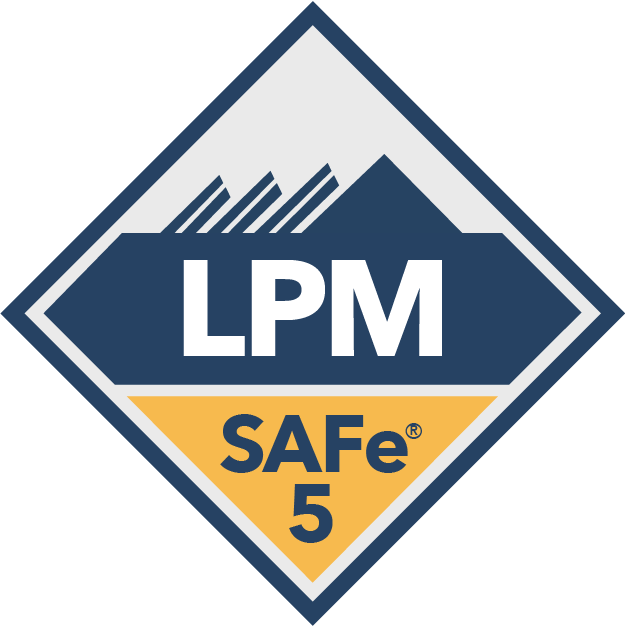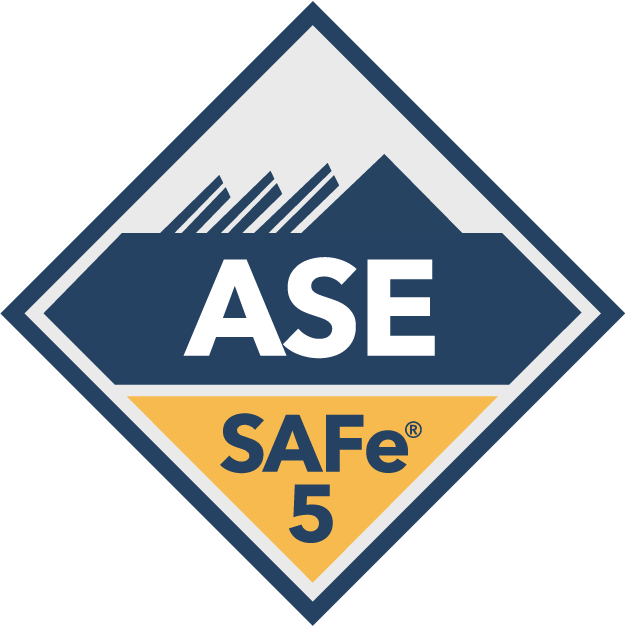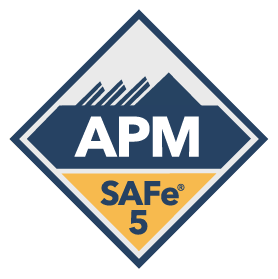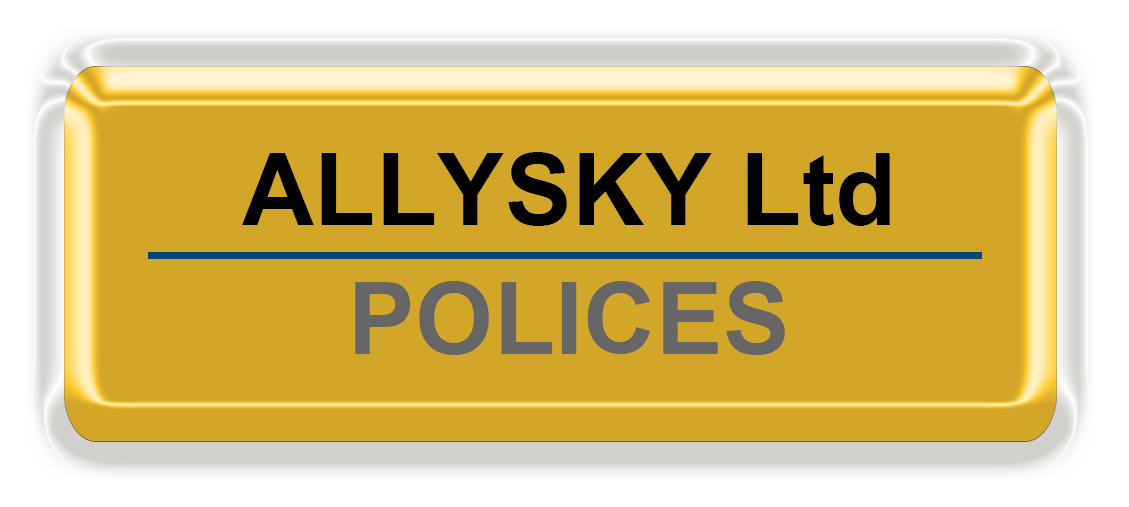Train Teams and
Launch the ART
Train Teams and Launch the ART
- The key ART stakeholders are trained and onboard, and launch plans are in place. The LACE and various SAFe Program Consultants (SPCs) are ready and prepared to help.
- We will now discuss how to train the teams and launch the ART, in doing so the real business benefits of the change can start to occur.

Train the Agile Teams
You are only as fast as your slowest link, so its critical that you take time to focus on the new and tentatively identified Agile Teams who will constitute most of the train members. These are the people who create the systems needed by the business, so it’s important that they fully grasp what’s about to take place and operate as a cohesive force.
They will come from across the organization and will have all the knowledge from business, development, operations, support, and other domains to define, build, test, and deploy their solutions. To maximise their success, we recommend that they must have an understanding of their role in the ART and gain the Lean and Agile skills needed to be effective in their changing role.
It’s likely that some or all have never participated in an Agile or SAFe environment, so the next significant task is to train all the teams in the SAFe way of working, in the same way that no seaman would enter the navy warship without having attended bootcamp training.
Scaled Agile, Inc.’s two-day SAFe for Teams (S4T) course is designed for this purpose. This team-building and training course features an introduction to Agile development, including an overview of the Agile Manifesto and its values and principles. It also includes:
Core Scrum elements and an exploration of the roles of Scrum Master and Product Owner.
The purpose and mechanics of the basic events, including Iteration Planning (IP), Iteration Execution, Daily Stand-up (DSU), Iteration Review, and Iteration Retrospective.
Preparation for Program Increment (PI) Planning
Building a Kanban board for tracking Stories In addition, teams prepare their Team Backlog, which identifies the work needed for the upcoming PI planning event.
- The role of the team in PI planning, Inspect and Adapt (I&A), and the IP iteration
- Focus on and participation in the System Demo
- Applying Features, user stories, and acceptance criteria to define and validate system behavior
- Using story points as the measure of velocity and estimating
- Understanding the flow of work through the Kanban systems, including the team’s local Kanban Collaboration with other teams and other roles, including Product Management and System Architecture
- Introduction/application of Built-In Quality practices, including Continuous Integration, Test-First with test automation, and pair work
- Building the larger team-of-teams that constitutes the ART
The Benefits of Big Room Training
- Accelerated learning – This training happens in two days, rather than over a period of months. That speeds up the timing and assimilation by all the members of the train, which accelerates the launch.
- A common scaled Agile paradigm – All your team members will receive the same training, at the same time, from the same SPC instructor. This eliminates the variability of different training sessions over time, by different instructors, using different courseware.
- Cost-efficiency – One of the challenges with Agile implementation at scale has been the cost of rolling out agile where the agile coach will roll their own home made solutions. With SAFe you will benefit from the learning that has come from over hundreds of past implementations.
- Collective learning – There is no substitute for the learning experience of big room training. Face-to-face interaction is one of the critical ingredients of Agile at scale. Training everyone together starts building the social network that the ART relies upon and creates a far better experience than what can be accomplished when working separately from each other. There can be a transformative aspect to it, something you have to experience to believe.
Launch the ART
There are many ways to successfully start an ART, however we recommend that the easiest and fastest way to launch an ART is through the ART Quickstart approach.
There are many ways to successfully start an ART, however we recommend that the easiest and fastest way to launch an ART is through the ART Quickstart approach.
We have used this approach to great effect. The Agile teams are trained, and the first PI planning session is scheduled in a single week. While this may seem daunting, with an experienced SPC at hand it is the easiest and most pragmatic way to help 100-plus people transition to the new way of working.
There are three elements to this approach:
- Day 1 – 2 – The Agile team big room training takes place, as described above.
- Day 3 – 4 – Team training is followed immediately by PI planning. This way, the teams are still present and in context and their first PI planning experience builds on the prior day’s training.
- Day 5 – This day is reserved for mentoring people in their new roles, tool training, discussion of needed Agile technical practices, open space, and any other activities that the teams need to get ready for the first iteration.
To know more contact us to discuss your needs either by email: info@allysky.com or by phone 020 7043 2268



ALLYSKY - Official Gold Partner to help you deliver your agile transformation using the SAFe implementation Roadmap
12 Steps Guide to your SAFe Agile transformation for 2020
